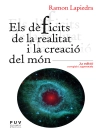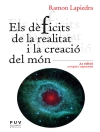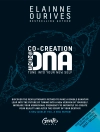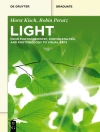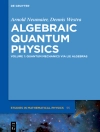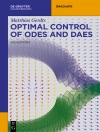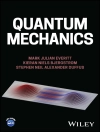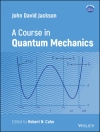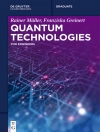This book has its roots in a series of collaborations in the last decade at the interface between statistical physics and cosmology. The speci?c problem which initiated this research was the study of the clustering properties of galaxies as revealed by large redshift surveys, a context in which concepts of modern statistical physics (e. g. scale-invariance, fractality. . ) ?nd ready application. In recent years we have considerably broadened the range of problems in cosmology which we have addressed, treating in particular more theoretical issues about the statistical properties of standard cosmological models. What is common to all this research, however, is that it is informed by a perspective and methodology which is that of statistical physics. We can say that, beyond its speci?c scienti?c content, this book has an underlying thesis: such interdisciplinary research is an exciting playground for statistical physics, and one which can bring new and useful insights into cosmology. Thebook does not represent a ?nal point, but in our view, a marker in the development of this kind of research, which we believe can go very much further in the future. Indeed as we complete this book, new developments – which unfortunately we have not been able to include here – have been made on some of the themes described here. Our focus in this book is on the problem of structure in cosmology.
विषयसूची
Statistical Methods.- Uniform and Correlated Mass Density Fields.- The Power Spectrum and the Classification of Stationary Stochastic Fields.- Fractals.- Multifractals and Mass Distributions.- Applications to Cosmology.- Fluctuations in Standard Cosmological Models: A Real Space View.- Discrete Representation of Fluctuations in Cosmological Models.- Galaxy Surveys: An Introduction to Their Analysis.- Characterizing the Observed Distribution of Visible Matter I: The Conditional Average Density in Galaxy Catalogs.- Characterizing the Observed Distribution of Visible Matter II: Number Counts and Their Fluctuations.- Luminosity in Galaxy Correlations.- The Distribution of Galaxy Clusters.- Biasing a Gaussian Random Field and the Problem of Galaxy Correlations.- The Gravitational Field in Stochastic Particle Distributions.



